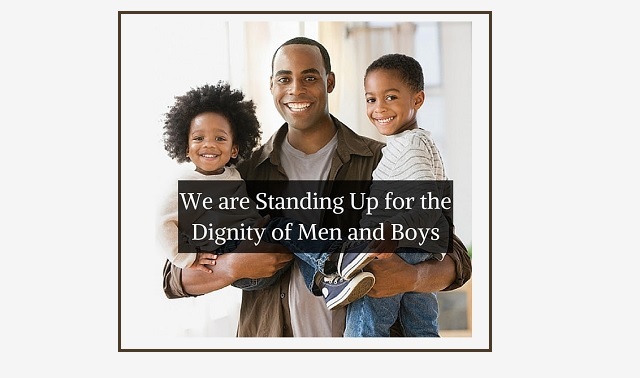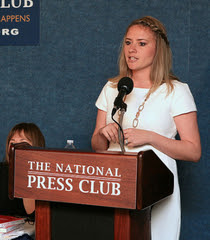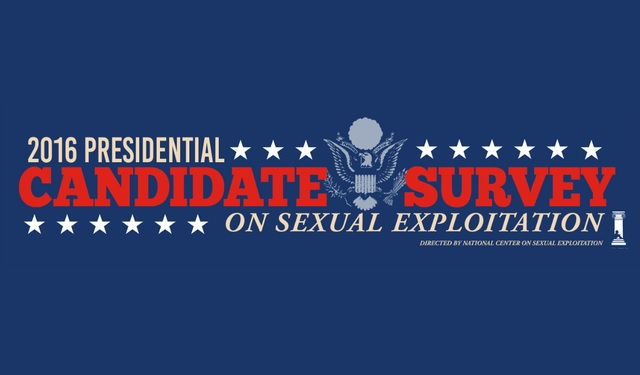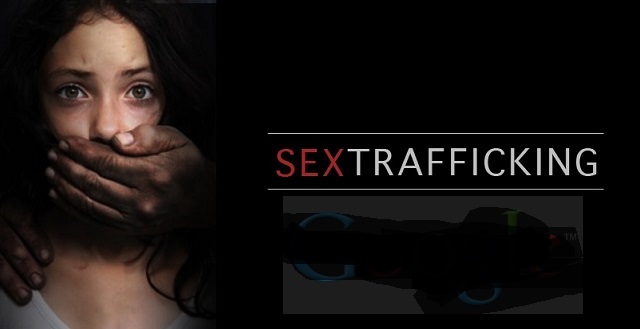Ohio’s Issue 1 Erases Parenthood

If Issue 1 passes in Ohio, it will effectively deny parents the ability to protect their minor daughters from predatory neighbors, family members, or industries favored by the Democratic Party. But perhaps its greatest offense comes in its attempt to legally dismantle parents’ rights to direct, guide, or even be aware of the most consequential decisions in their children’s lives.
Issue 1 would establish the right of an “individual” of any age to make “reproductive decisions,” including “but not limited to” abortion. Its sponsors tacitly acknowledge the real battleground in Ohio is the way the amendment affects parental consent. Their latest ad turns the concept on its head, irrationally claiming the amendment somehow protects young girls from child molesters.
In reality, Issue 1 empowers predators to victimize young girls twice, sexually exploiting them and then using abortion to dispose of the evidence. Sadly, Ohio has already proven this.
In 2003, John Haller, a 21-year-old soccer coach, began abusing a 13-year-old eighth grader, getting her pregnant shortly after she turned 14. He took her to a southwest Ohio Planned Parenthood for an abortion, posing as her father to authorize the abortion. Issue 1 would save him the trouble; Planned Parenthood, which has a history of covering up sexual abuse and human trafficking, would not have to go through the motions of asking about parental consent. Issue 1 transforms the child’s rapist into a crusading hero helping the girl exercise her “reproductive freedom” (which her parents might seek to deny). If Issue 1 passes, the Ohio-based pro-life group Created Equal accurately notes, “A sexual abuser could drive your daughter to an abortion, and you’d be left in the dark.”
But a cynic would be tempted to believe the abortion industry (which constitutes the heart of the coalition sponsoring the amendment) specifically designed Issue 1’s sloppily-worded amendment to stave off future legal issues. How did the abortionist react when they learned of their role in covering up the sexual molestation of a young teenage girl? Planned Parenthood sued all the way to the Ohio Supreme Court to deny her parents the right to see full medical records that could establish whether the facility engaged in a pattern of concealing minors’ sexual assaults. Issue 1 would allow the abuse-facilitating abortion industry to say parents have no standing to interfere in their children’s “reproductive decisions” and wash their hands clean of it.
Indeed, one of the sponsors’ ads says the quiet part out loud: Voting yes on Issue 1 “gets government out of the way” and gives the abortion industry free rein when it comes to your daughter.
Even when an underage pregnancy does not result from rape, Issue 1 renders loving parents incapable of shielding their daughters from the harmful mental and emotional impacts of abortion. A 2011 meta-analysis from Bowling Green State University’s Priscilla Coleman found “a moderate to highly increased risk of mental health problems after abortion.” (The evidence of abortion’s harms is far from restricted to Coleman’s work.)
“There are physiological, psychological, emotional consequences of abortion, and the pro-abortion side doesn’t ever want to talk about that,” said Ryan Bomberger, founder of the Radiance Foundation, on “Washington Watch with Tony Perkins” Thursday. “That’s why when they say things like, ‘It’s no different than having a tooth pulled,’ well, there aren’t support groups for people who have their teeth pulled, but there are many hundreds, if not thousands of support groups across the United States for those who are post-abortive.”
That is why the abortion industry refers to its product only in “euphemistic” phrases “about ‘reproductive health and freedom’” — or, in the case of Issue 1, “reproductive decisions,” he said. “When they minimize this and they trivialize the impact of the violence of abortion, it shows which side actually cares about women, which side actually cares about the dignity of human life,” Bomberger insists.
One final point worth pondering: Each state legislates the age of statutory rape. Honest question: If Issue 1 establishes a constitutional right for “individuals” of all ages to make “reproductive decisions,” how would that affect Ohio’s age of consent laws? Isn’t having sex the ultimate “reproductive decision”? Even when statutory rape is illegal, left-leaning legal authorities often forbid parents from protecting their minor daughters on a mass scale. A human trafficking ring victimized more than 1,400 young girls under the nose of British authorities; records show police and social workers often told parents to accept that their 12-year-old daughters were “growing up.” The London Telegraph reported about “two separate cases where fathers who had tracked their daughters down and were trying to remove them from houses where they were being abused, were themselves arrested.” They watched helplessly as their daughters were abused, threatened, and trafficked around the United Kingdom, unable to defend them.
Issue 1 creates the legal environment in which all of this could occur. Every parent has a duty to vote no.
AUTHOR
Ben Johnson
Ben Johnson is senior reporter and editor at The Washington Stand.
RELATED ARTICLES:
Sick: Ohio Issue 1 Ads Present a False, ‘Pro-Abortion’ Jesus
‘Separation of Church and State’ Myths and the Ohio Issue 1 Abortion Battle
‘Satan Doesn’t Want to See More People Following Christ’: Religious Persecution Grows Globally
EDITORS NOTE: This Washington Stand column is republished with permission. All rights reserved. ©2023 Family Research Council.
The Washington Stand is Family Research Council’s outlet for news and commentary from a biblical worldview. The Washington Stand is based in Washington, D.C. and is published by FRC, whose mission is to advance faith, family, and freedom in public policy and the culture from a biblical worldview. We invite you to stand with us by partnering with FRC.



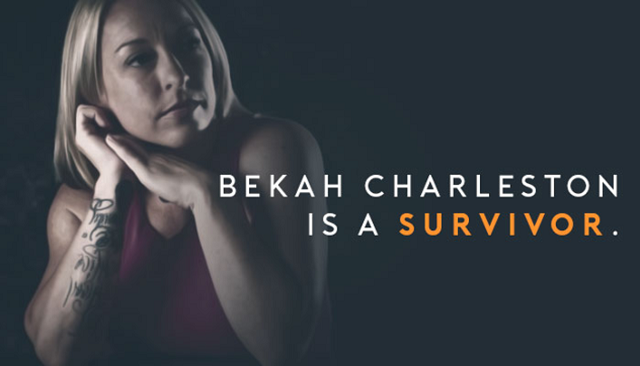


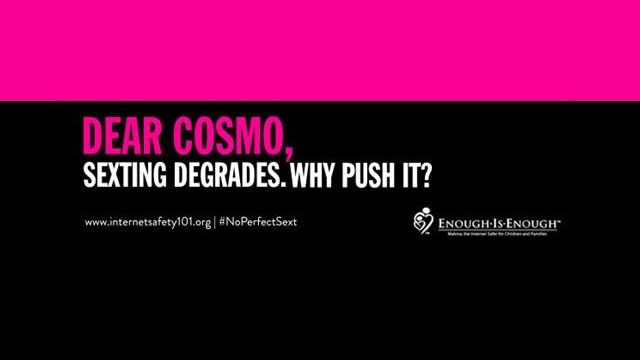
 Donna Rice Hughes, President & CEO of
Donna Rice Hughes, President & CEO of 
 ABOUT ENOUGH IS ENOUGH
ABOUT ENOUGH IS ENOUGH